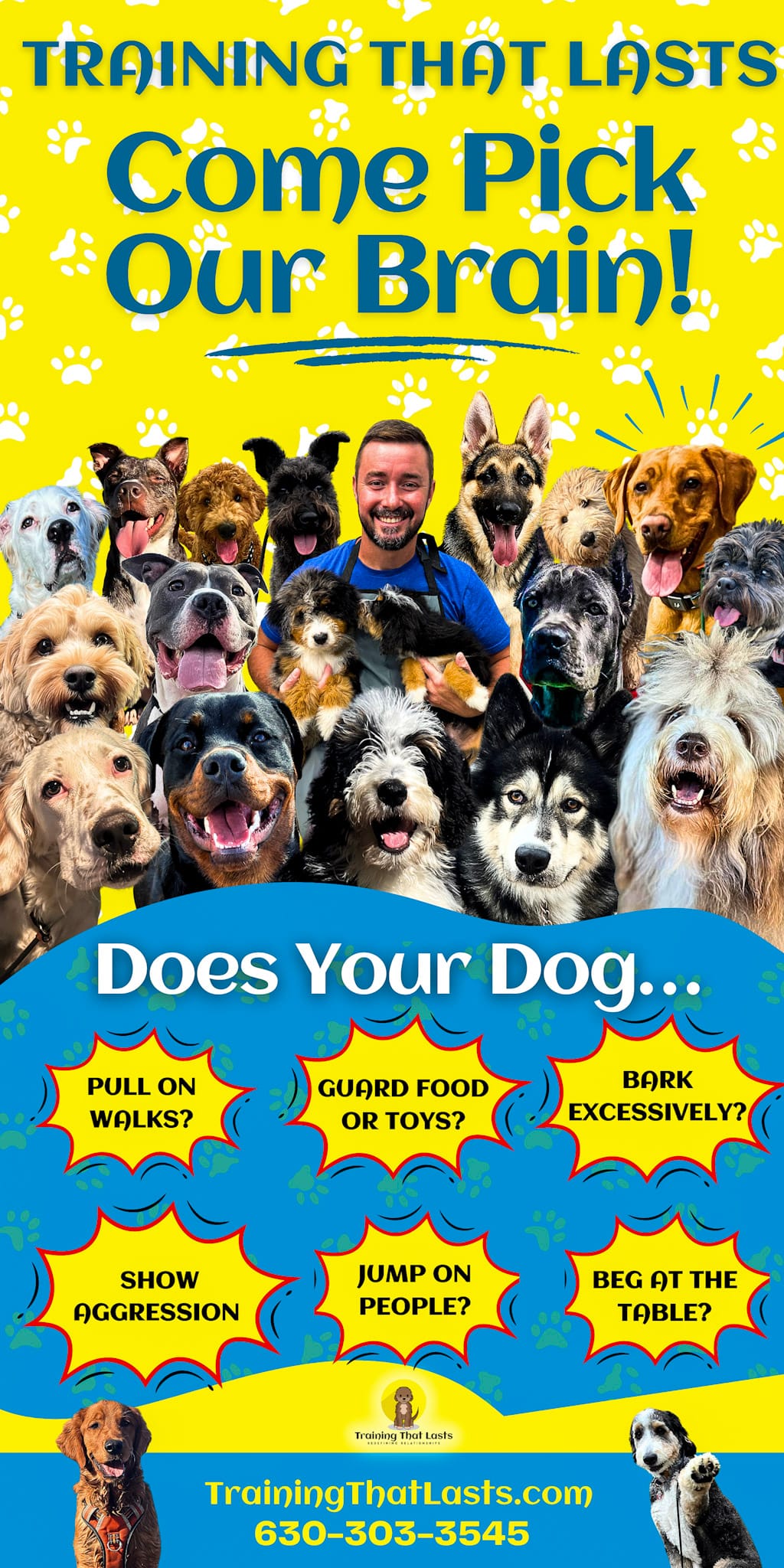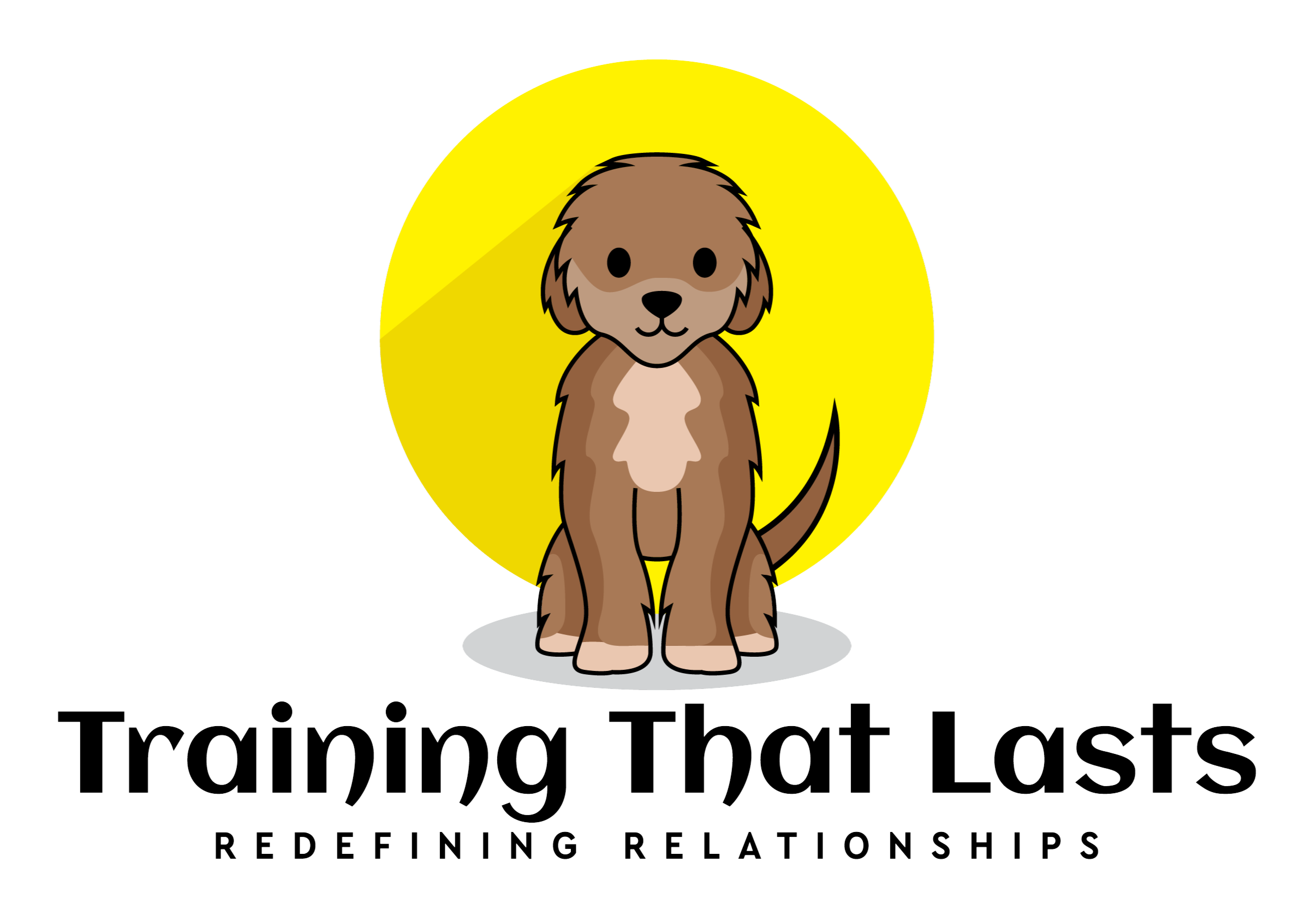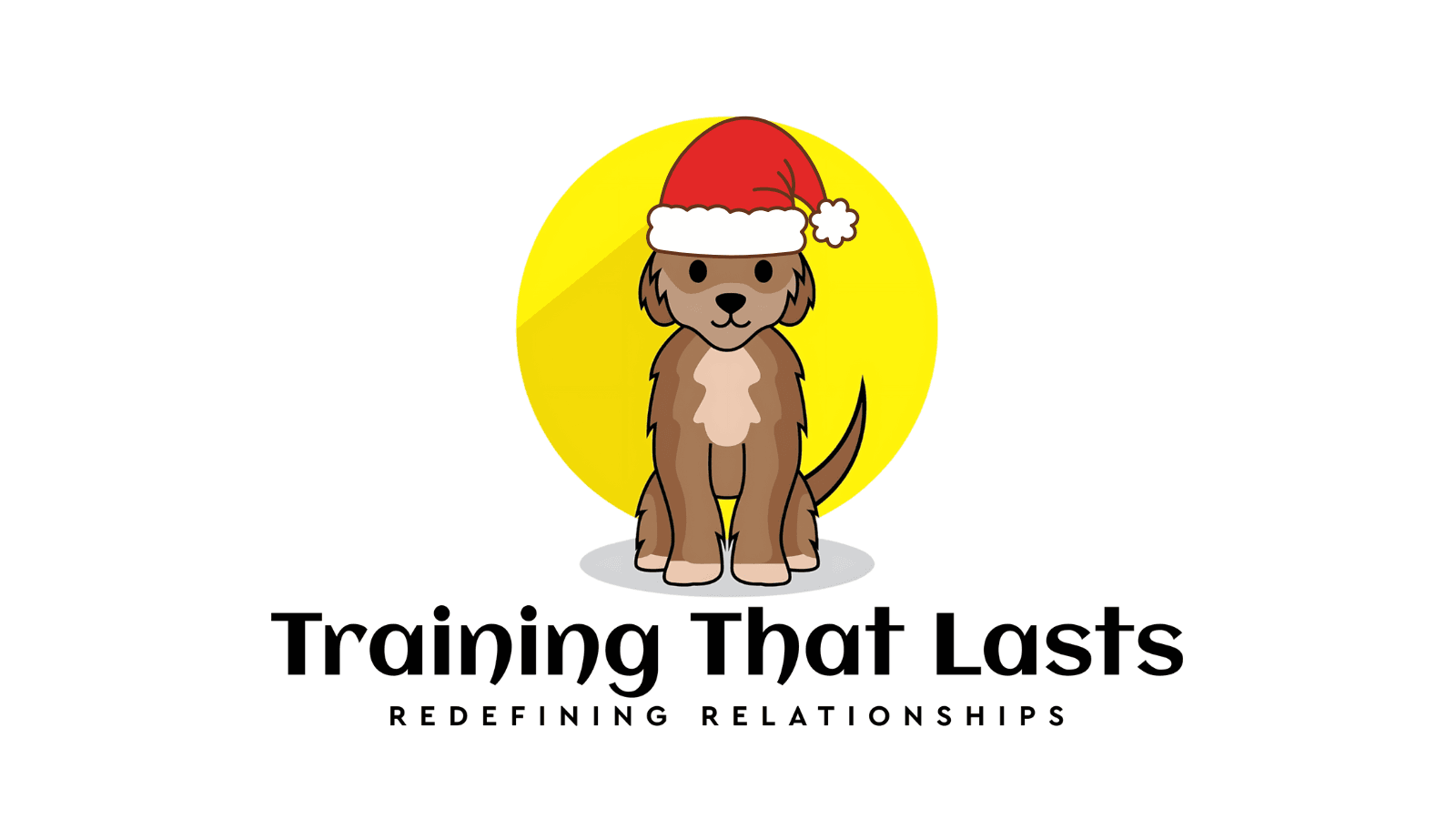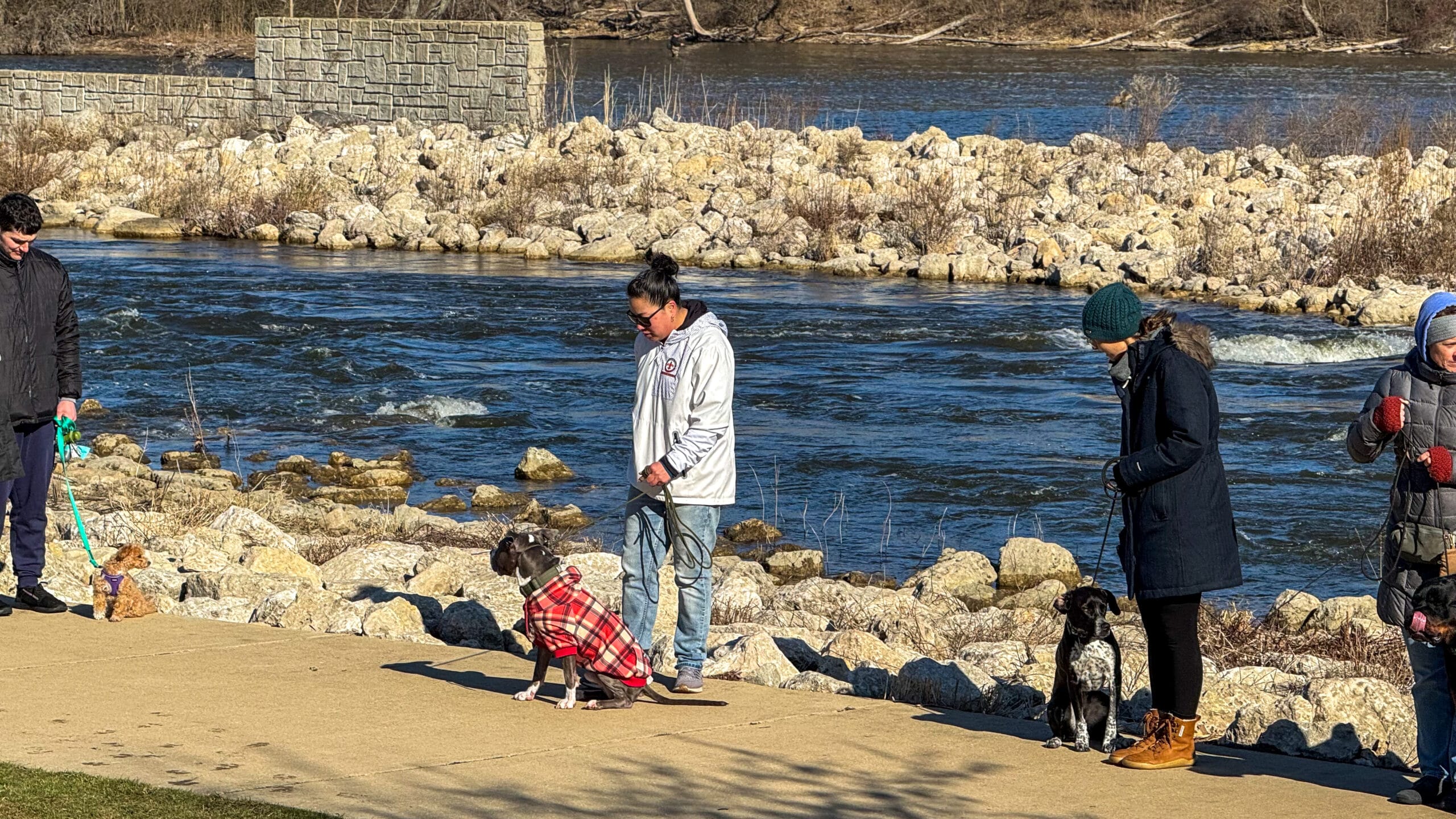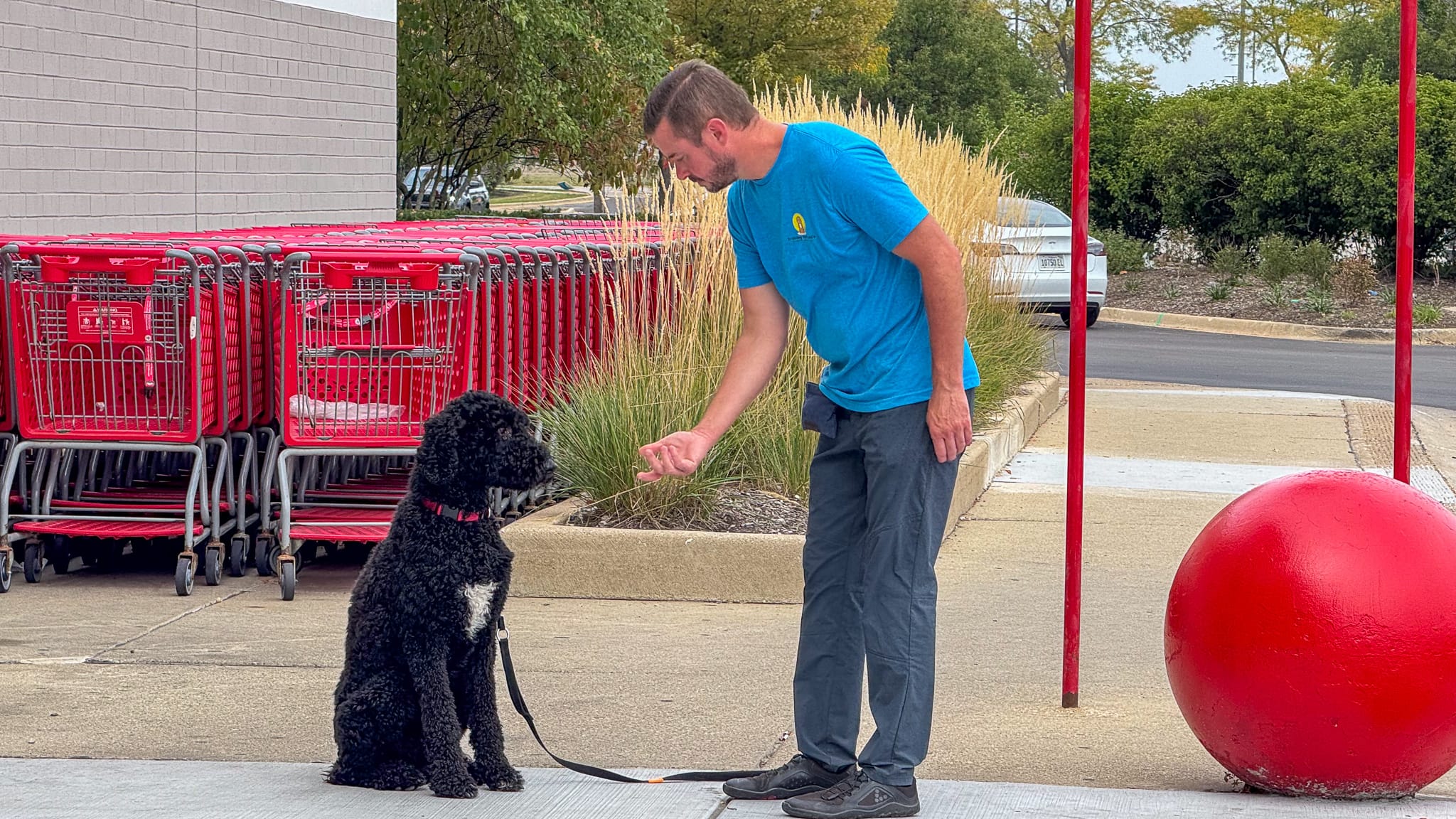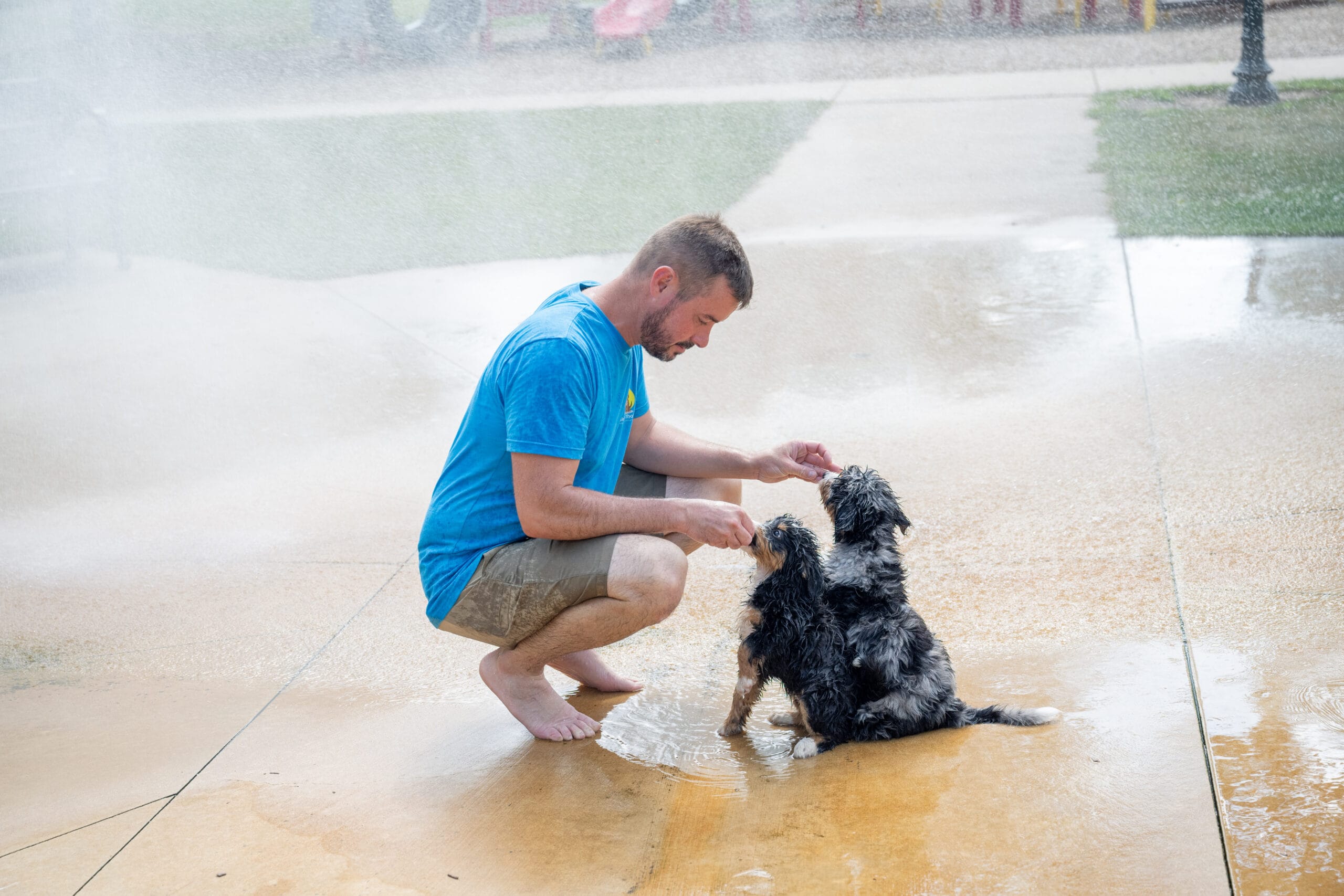
8 to 16 Weeks: Why This Window Shapes the Dog Your Puppy Becomes
You brought your puppy home. The crate is in place. The treats are stocked. You’ve survived the first night of whining, maybe even a couple of accidents on your floor and now you’re wondering… what next?
What happens between 8 and 16 weeks of age is often overlooked, but it’s arguably the most important stretch of time in your dog’s life. While the first 8 weeks set the foundation with their mother and breeder, now is when your puppy’s brain is wide open. This is the phase where confidence is built, fears are formed, and lifelong patterns start to settle in, for better or worse.
And the best part? Unlike the first 10 weeks, this time they’re in your hands.
the Socialization Window - It’s Not Just About Puppy Playdates
You’ll hear trainers and vets talk about the “critical socialization period.” And yes, that term gets thrown around a lot but there’s a reason. During this window, your puppy’s brain is still developing its understanding of what’s safe, what’s threatening, and how to respond to the world around them.
But socialization isn’t just about meeting dogs or handing your puppy to strangers. It’s about guiding them through the world in a way that builds confidence, not confusion. Imagine taking a young child to a crowded theme park for the first time. If you shout directions, drag them through long lines, and ignore their fear, they’ll associate crowds with panic. But if you slow down, explain what’s happening, and make it fun, they’ll start to trust you and the environment. Puppies are no different.
This window doesn’t last forever. As they approach 16 weeks, the brain starts to shift into a more cautious, reactive state. It doesn’t mean socialization ends by any means, it just gets harder. So what you do now matters.
What to Expect When You Bring Your Puppy Home
Your puppy just left everything they’ve known. Their littermates, their mother, the smells, the safety of familiarity. Now they’re in your house, with new rules, new smells, and no idea what’s going on. It’s a major life change.
Expect:
- Some whining or confusion, especially at night
- Pacing, exploring, and testing limits
- A ton of sleep (up to 18–20 hours a day!)
- Short bursts of wild energy, followed by deep crashes
- Normal behaviors like chewing, biting, jumping, and curiosity-driven chaos
They’re not being stubborn. They’re not being bad. They’re learning.
What Should Happen Between 8 and 16 Weeks
Your job now is to introduce the world, slowly, intentionally, and with trust. This is where your puppy learns how to handle new situations, and whether they should be curious… or cautious.
Here’s what to introduce in small, positive doses:
- Friendly, calm people (variety matters… adults, kids, hats, beards, wheelchairs)
- Common household sounds (vacuum, dishwasher, TV, doorbell)
- New surfaces (carpet, tile, concrete, gravel, grass)
- Crate time, with the door open and closed
- Handling (paws, ears, collar, brushing, wiping)
- Gentle leash pressure and walks in quiet areas
- Car rides to places that aren’t scary
- Vet office visits (even just to say hi and get a treat)
- Safe exposure to other dogs, only if calm and fully vaccinated
- Don’t flood your puppy with too much at once.
Think one or two new things per day, followed by calm, consistent routine and rest.



What Not to Do During This Window
A few common mistakes can set you back more than you realize:
- Don’t throw them into a chaotic environment and expect them to adjust.
- Avoid dog parks — too much unpredictability and risk at this age.
- Don’t assume they’ll “grow out of” fear, biting, or barking.
- Don’t ignore warning signs like freezing, avoiding, or trembling.
- Don’t over-focus on obedience and forget emotional development.
This isn’t about creating a dog that sits on command at 10 weeks old. It’s about shaping a dog who can recover from stress, navigate new situations, and stay connected to you under pressure.
Confidence Comes From Success, Not Spoiling
Let your puppy try new things with support, not rescue.
Small victories like:
- Stepping over a broom handle
- Entering a new room without being carried
- Sitting calmly when the TV turns on
- Walking past a barking dog without panicking
These tiny moments teach your puppy that the world isn’t so scary after all and that you’ve got their back.
But structure matters too:
- Don’t let them roam the house freely
- Use a crate and playpen strategically
- Calmly interrupt jumping, biting, or barking
- Reinforce boundaries gently but consistently
You’re not raising a baby forever. You’re raising a future adult dog. Boundaries are what give them freedom later.
Your Reactions Matter More Than Your Commands
Dogs are masters of body language. If you panic every time your puppy whines, they’ll learn whining gets attention. If you stiffen up every time someone knocks at the door, they’ll think there’s something to fear. Your tone, posture, and energy are teaching tools, even when you don’t mean them to be. Stay calm. Be clear. And above all, be consistent.
What to Focus on Daily (Without Overwhelming Yourself)
Here’s your short list:
- Crate Time: even when you’re home, this builds independence
- Name Recognition: say it once, reward when they look
- Short Training Sessions: 1–2 minutes of sit, come, leash pressure
- Handling & Touch: paws, ears, grooming, collar
- Potty Training: praise outside, frequent breaks, manage accidents
- Redirecting Biting: don’t punish… redirect and reset
- Structured Play & Rest: avoid overtired meltdowns
You don’t need to master everything today. What matters is showing up consistently and keeping your reactions calmer than theirs.
Separation Anxiety, Nipping, and Other Real-Life Problems
These are common challenges at this stage and they’re manageable.
Separation Anxiety
Start leaving them in their crate while you’re home. Don’t sneak out. Don’t make a big deal when you come back. Normalize short, calm breaks.
Nipping
Your puppy isn’t trying to dominate you, they’re trying to explore and relieve teething pain. Interrupt, redirect, and don’t turn it into a tug-of-war.
Overstimulation
If they’re zooming, barking, or biting like crazy, it’s probably nap time. Think sugar crash in a toddler. Crate, dark room, white noise, let them reset.
Final Thoughts: You’re Not Just Raising a Puppy and Shaping A Companion For Life
Between 8 and 16 weeks, your puppy is forming emotional habits that will shape them for life. You’re not just teaching commands. You’re showing them how to live in your world.
This stage can be exhausting. Some days you’ll celebrate. Other days you’ll question everything. That’s normal.
But every calm moment, every quiet crate nap, every “good choice” you reward, you’re building something.
A relationship based on trust, structure, and understanding. If you’re feeling overwhelmed, we’re here for you. This is what we do! Training that’s built around who your dog is and who they’re becoming.
Table of Contents
Lets Work Together!
Our Consultation Assessment form is the perfect starting point for us to help you and your pet. We understand how difficult it can be to manage your dog’s behavior, especially if you’re away on vacation or busy with work. Our team of experienced trainers will evaluate your dog’s needs and develop an individualized training plan to get them back on the right track. With our assistance, you can rest assured that your pet will receive the best care possible.
Our Services
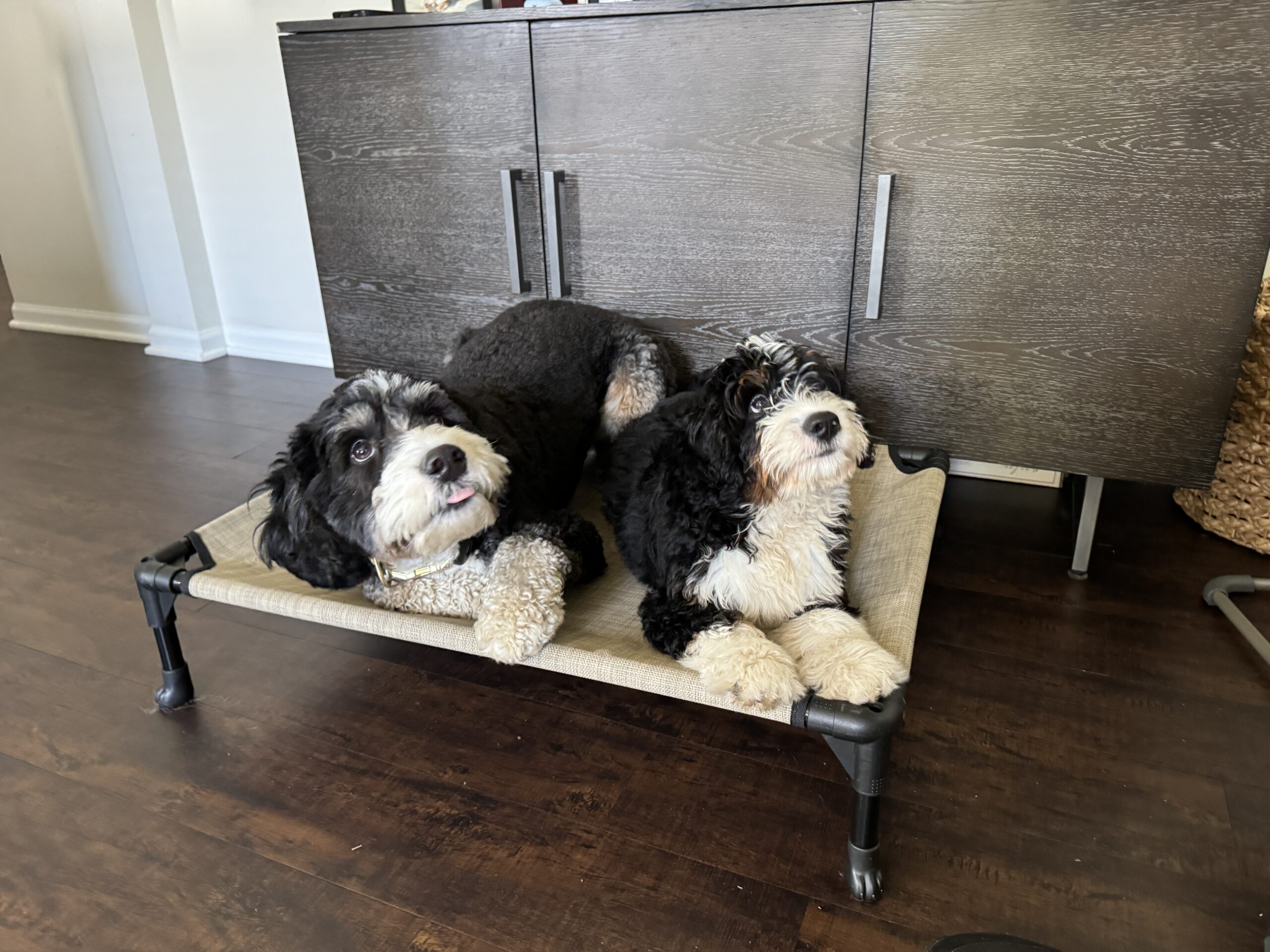
Board and Train
Board and Train With Experienced Dog Trainers When it comes to training our dogs, we all want the best for them. However, finding a training program

Group Training
Group Dog Training FOR Improved OBEDIENCE, Socialization and Behavior We’re excited to offer group training classes that foster a deep, rewarding relationship between you and your
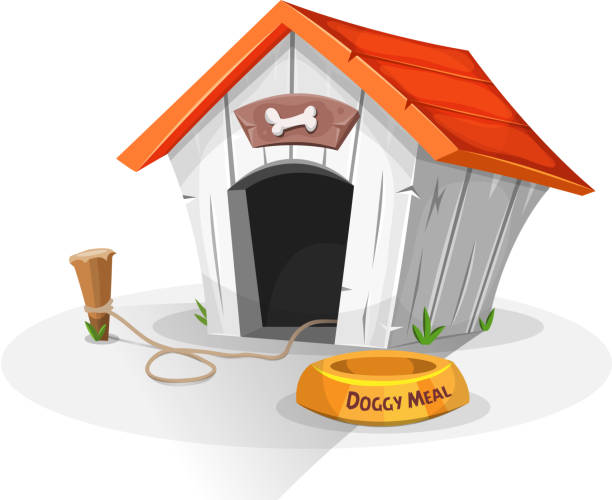
In-Home Training
Fully Immersive In-Home Dog Training Welcome to a unique, transformative experience for you and your dog. At Training That Lasts, we understand that sometimes, standard training
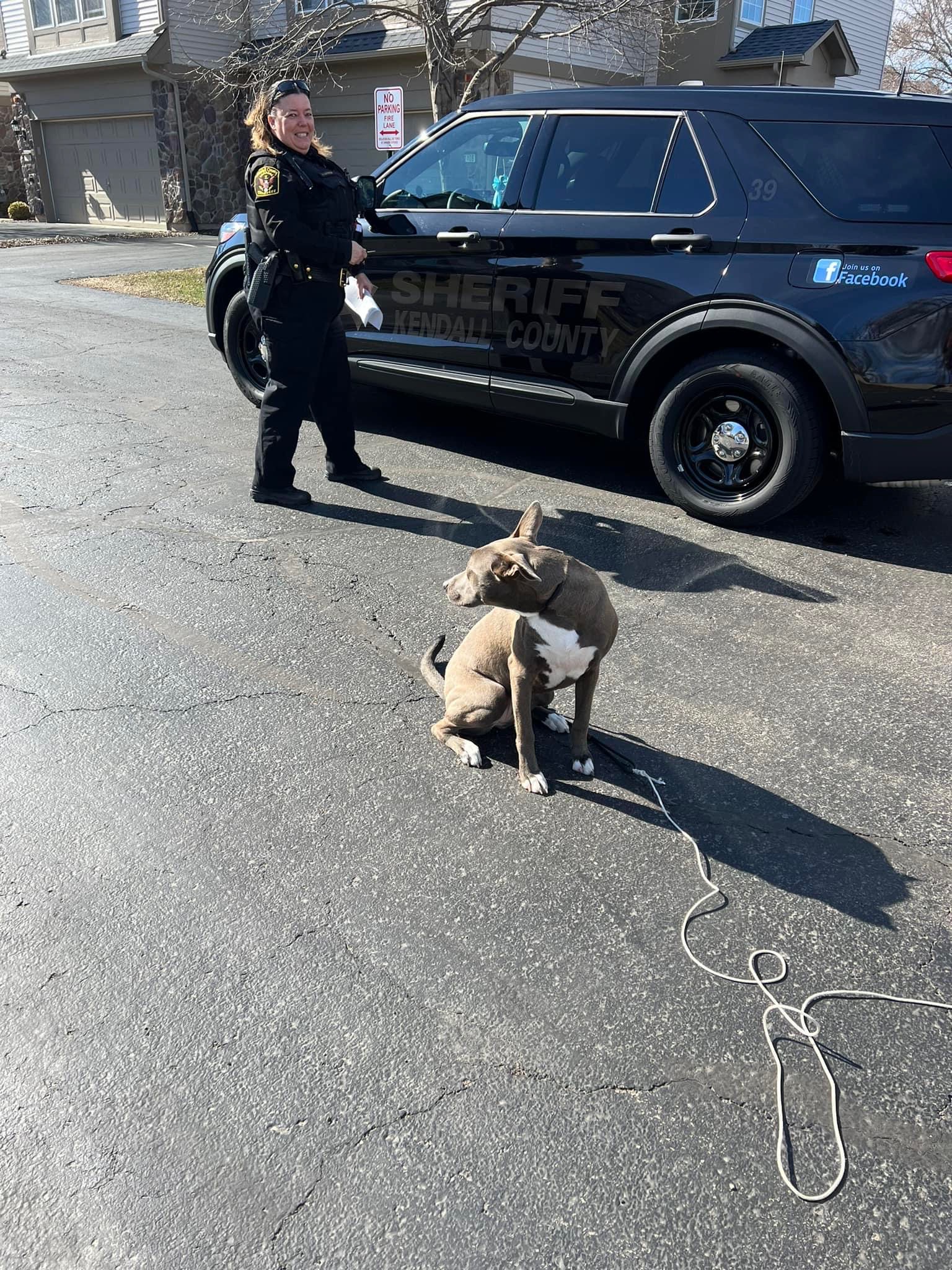
Obedience Training
Obedience Training For Dogs Of All Breeds and Ages Redefine Your Relationship With Basic and Advanced Obedience Training with Training That Lasts in Yorkville, IL. Our
Hoosier Canines | Midwest's Most Reputable Bernedoodle Breeder

At Training That Lasts, we’re proud to partner with Hoosier Canines, one of the Midwest’s most trusted Bernedoodle breeders. Their dedication to early development, ethical breeding, and hands-on care aligns perfectly with our belief that the first few weeks of a puppy’s life shape everything that comes after. If you’re looking for a breeder who does it right from the very beginning, Hoosier Canines sets the standard.




